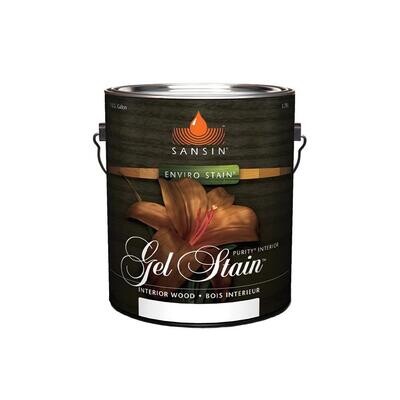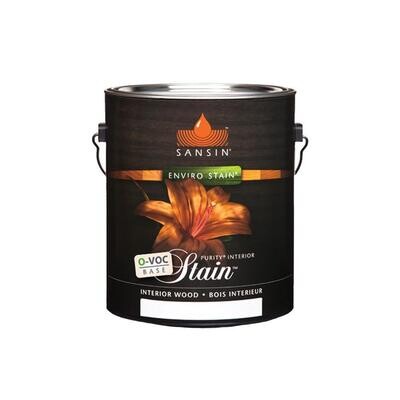Interior Stains
Using wood stain is a time-honored way to breathe new life into any wooden surface or decoration, ranging from restoring antique furniture to revitalizing wood paneling. Choosing a wood stain that’s safe for indoor usage is vital for any of these projects. Interior wood stain has been created specifically to be safe indoors, whereas other types of stain are not recommended for indoor usage.
Stain vs. Paint: Which Should I Use?
Stain and paint have more in common than you might expect; they both consist of a pigment and a vehicle that coats the desired service with a layer of protective color.
There is one vital difference between them: stain is absorbed, whereas paint remains on the surface. This means that choosing the wrong one for your project can have dramatically different results than you might expect. Stain is typically used with wooden and concrete surfaces.
Which one do you need, stain or paint? Examining some of the differences between them will help you decide which way to go:
- Wooden and concrete surfaces are enhanced with stain, rather than covered up by paint
- Paint is known to peel and crack, whereas stain is much more resistant due to being absorbed by the wood or concrete
- Due to remaining on the surface, paint has many more color options to explore
- Paint covers surfaces uniformly, whereas stain brings out the natural color changes in wooden surfaces
- Stain is considered easier to apply and touch up in the future
Anyone looking to enhance the look of wood or concrete should consider stain, whereas those who wish to create an entirely new look should choose paint.
Which Color of Wood Stain Should I Use?
Deciding to use wood stain in a project means that you’ll bring out the wood’s natural grain patterns and typically alter its color. People are usually surprised to learn that there are actually dozens of interior wood stain colors available to choose from.
When it comes to picking your stain color, consider how you feel about the current color of the material. Opting for a tinted stain will allow you to change the color of the material while still bringing out its natural look. Conversely, a non-tinted stain will enhance the existing color. Tinted stain is great for when you have multiple wooden or concrete surfaces with the same look.
How to Use Interior Wood Stain
Using interior wood stain is a bit different than using paint. Below is a brief overview of the entire process:
- Repair any cracks or holes with wood putty
- Sand the surface with a sanding block or orbital sander, which helps the wood absorb the stain
- Wipe down the surface with a wet rag to raise the grain
- Sand again with 180 to 220-grit paper
- Dust with a clean cloth
- Thoroughly stir the wood stain and then begin applying
- Remove the excess stain by using a new rag or t-shirt to wipe with the grain
- Optional: Apply a topcoat sealer to protect the stained wood from scratches and fading
The above overview highlights the simplicity of applying stain as well as the ease of clean up. Our high-quality interior wood stain is designed for easy application and clean-up while bringing out the natural look and feel of the material.
Need help with how much to buy?
Use a paint calculator!
Find your perfect colour
using our colour guide.
On-screen and printer colour representations may vary from actual paint colours.
All Rights Reserved | Benjamin Moore Retailer | In Partnership with CCC






